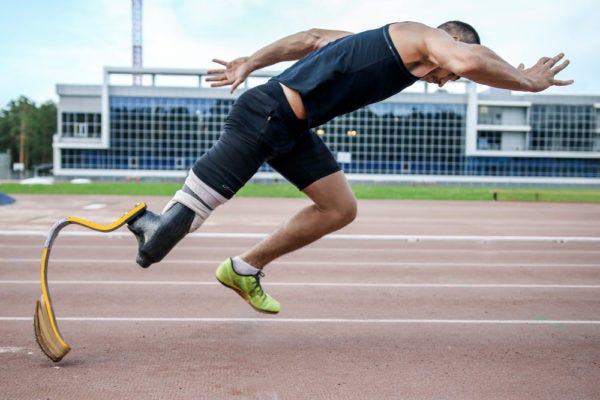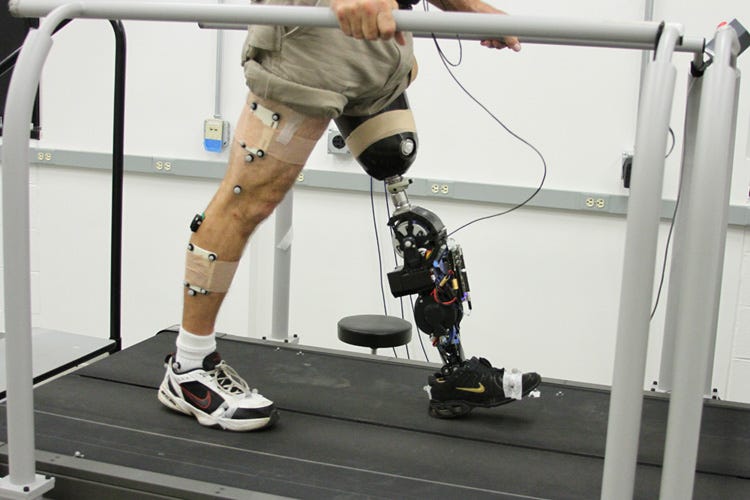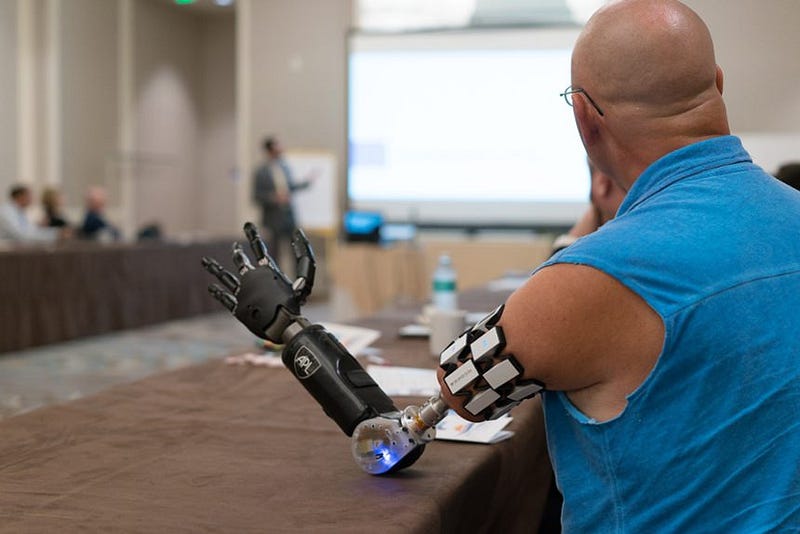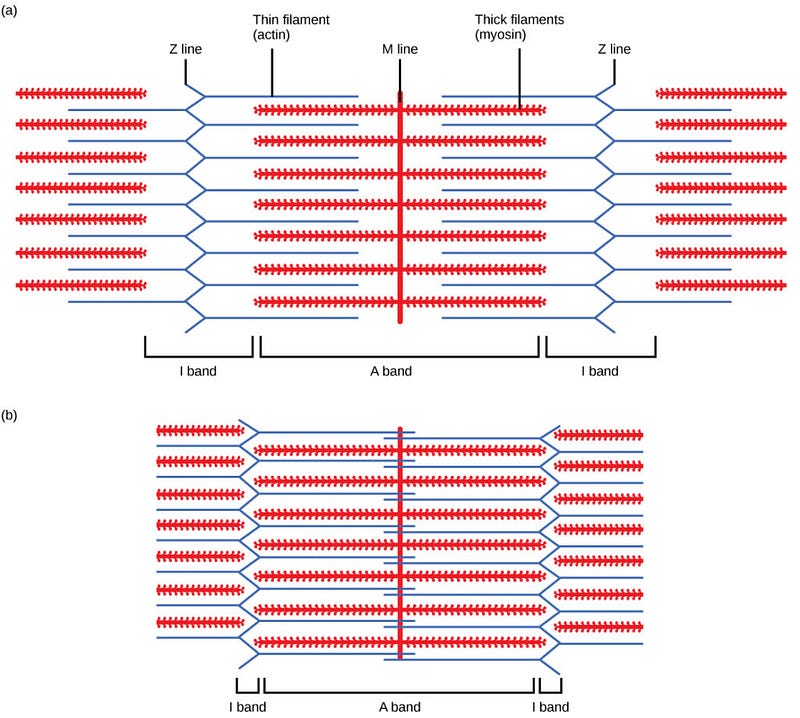The Future of Prosthetics: Bridging the Gap Between Man and Machine
Written on
Chapter 1: The Evolution of Prosthetics
As time progresses, the distinction between artificial and natural continues to diminish. A classic trope in science fiction is the concept of revolutionary artificial limbs. The memorable phrase, "We can rebuild him. We have the technology. We can make him better than he was. Better, stronger, faster," resonates with researchers striving to enhance modern prosthetics, encapsulating the ambitious quest to create technology that exceeds our biological capabilities.
Despite significant advancements in artificial limbs over recent decades, biological limbs still outperform their artificial counterparts in nearly every regard. Millions of years of evolution have fine-tuned our physical structure at a microscopic level; our muscles operate with an efficiency and precision that current technology has yet to replicate.
So, how close are we to achieving the dream of perfectly mimicking—or even exceeding—biological limbs? What obstacles remain in our path?
Leg Prosthetics

In the realm of prosthetics, leg replacements have made substantial progress, particularly in sports. The challenges of replicating leg functionality are generally less complex than those of arm prosthetics. Key factors for effective leg emulation include:
- Optimal weight distribution for comfort
- Effective force transfer from the quadriceps to the artificial calf
- Accurate replication of walking patterns
These objectives are not only feasible but have been successfully implemented in medical prosthetics. Since the quadriceps generate the primary force in the leg, lower-limb prosthetics can function with fewer moving components, making them easier to design. However, challenges arise with above-knee prosthetics, where quadriceps are absent.
A significant hurdle in the field of leg prosthetics is cost. Although the technology to create a high-performing artificial leg exists, the expense associated with such innovations is steep, often exceeding $20,000 due to the cutting-edge materials and techniques involved.

Another challenge, though less critical, lies in replicating calf muscle force. Even with the most advanced leg prosthetics, users often rely more on their biological legs due to the lack of sufficient force generation in artificial calves, indicating that current technologies still fall short of perfect human emulation.
Arm Prosthetics

In contrast, artificial arms present a different set of complexities. The intricate structure of arms and hands makes them particularly challenging to replicate. Key aspects of achieving optimal arm functionality include:
- Control of motor movements (fingers, wrists, elbows)
- Grip strength and force production
- Proprioception—the ability to sense limb position in space
These requirements necessitate more sophisticated technology than that used for legs, as the human brain plays a crucial role in executing these movements. While walking patterns can be predicted through physics, hand movements are more variable and require precise user input.

When focusing on hand prosthetics, it’s important to note that finger movement is primarily controlled by forearm muscles. For individuals without hands, existing forearm muscles can help predict desired hand movements. However, when the forearm is missing, the challenge increases, as upper arm muscles must be relied upon to convey intended actions.
The frontier of arm prosthetic technology involves translating thoughts into movement. Research is ongoing to improve the detection of brain signals associated with movement, and early experiments have demonstrated the potential of thought-controlled prosthetic arms, though they remain experimental and unavailable for public use.
As with leg prosthetics, issues of affordability and accessibility persist. Innovations that are still in development may take years—if not decades—to become commercially viable, and the costs will likely remain prohibitive for many.
What We Lack

At the heart of effective prosthetics is the ability to produce force. Every muscle in our body is designed for this purpose, enabling us to support our weight and perform movements. The ultimate aim of prosthetics is to replicate this fundamental function.
The Sliding Filament Theory illustrates the basic mechanism of muscle contraction, which occurs within millions of muscle cells throughout our bodies. Unfortunately, we have yet to engineer machines at such a microscopic scale. Current prosthetics rely on electric motors to control movements, but they fall short of achieving the fine motor control and force production seen in biological muscles.
Another significant challenge is the method of activating muscles. In humans, a network of nerves stimulates muscle contractions, with more nerves developing as muscles grow. This intricate system allows for highly precise movements. While modern arm prosthetics are pushing the envelope in brain research, translating these signals into movements remains a work in progress. The timeline for perfecting this technology could extend anywhere from 50 to 100 years.
In conclusion, it may be wise not to rely on the advancements of artificial prosthetics to restore full functionality in the near future, as the journey to "build you back better, stronger, faster" may be longer than anticipated.

This video titled "APL's Modular Prosthetic Limb Reaches New Levels of Operability" showcases groundbreaking advancements in the field of prosthetics, highlighting the latest technologies designed to enhance functionality and user experience.